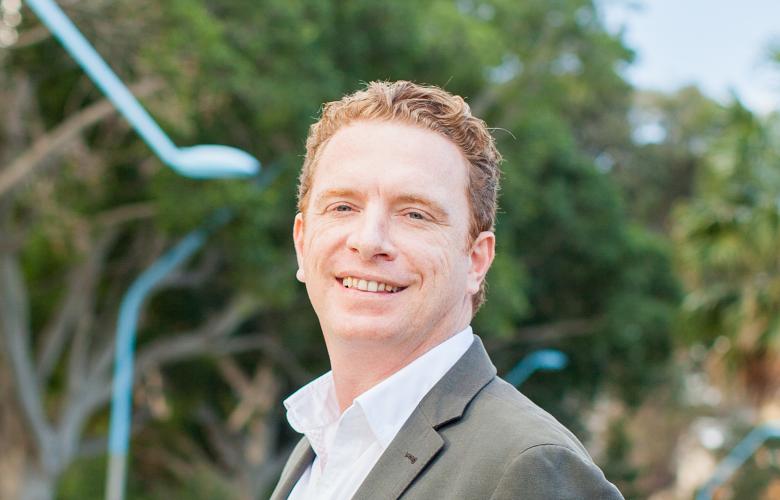Forget liveable cities - loveable city is becoming the new urban design mantra
Contact
Forget liveable cities - loveable city is becoming the new urban design mantra
Based on more than 80 key indicators, the design practice now uses seven elements to build an accurate picture of lovability.
Research by award-winning urban planning and design practice RobertsDay lists seven essential elements for creating a loveable and loved environment.
They are identity, equity, greenery, urbanity, mobility, wellness and resilience – and many Australian cities are lacking, it says.
Stephen Moore, Senior Urban Design and Director at RobertsDay, said that the concept of lovable cities evolved from the liveable city agenda.
“Each of the seven elements builds a complete picture of a loveable city that makes people, happy, healthy and provides emotional fulfilment,” he said.
“Our research and data indicate that it boils down to the same seven elements regardless of geographic location.
“Places people love are those in which daily life maximises happiness and minimises hardship.
“The loveable city concept gives priority to attachment and meaning in the design of our cities, ensures identity guides decision-making, that social connectedness is valued equally with the connectivity of our infrastructure, and that increasing urbanity is more important than density.”
At a glance:
- Award-wining urban planning and design practice RobertsDay analyses what it takes to create a lovable urban environment
- It finds seven elements to be crucial - identity, equity, greenery, urbanity, mobility, wellness and resilience
- The practice is now developing tools to help government planners, developers and communities create places in which people are proud to live
RobertsDay is now developing tools to help government planners, developers and communities to create places people can be proud of, based on its research.
Measuring across 80 different indicators, the design firm can rank existing and future communities on their current lovability and provide comprehensive insight on development planning and actions to increase the score.
The scores are captured on the benchmarking tools Great Place Scorecard and Urbanity Index. The data from the scorecard creates a dynamic place ecosystem for future city planning, including regional scenario modelling and masterplan development.
The Urbanity Index measures the functional intensity of retail, health, education, arts and other activities required by people at varying population densities to love the places they live and work.
“Creating great places that people love and are happy in should be the core philosophy behind any urban planning,” said Moore.
“However, in the last 20 years or more, the focus has shifted towards facilitating car-friendly environments, and less on the notion of community.
“In the pre-war era, most new suburbs were not designed around cars, but rather around the human scale and having all of life needs within an easy walk of home and these core features are still highly desirable today.”
“By being able to assess cities using a number of core criteria, we have a unique opportunity to reset our values, and create a place we can all truly love.”
Similar to this:
Development approval granted for Brighton’s first fossil fuel free apartments
Exclusive project of ten house-sized residences coming to Camberwell in Melbourne
Excelon launches its latest Melbourne project inspired by sustainable integrity and local legends







